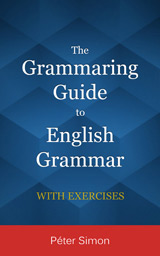Cleft sentences
it + be + phrase + defining relative clause
Cleft sentences (also called it-clefts) result from changing the normal sentence pattern to emphasise a particular piece of information. The emphasis in the resulting cleft sentence is on the phrase after it + be.
Look at the following example:
János Irinyi invented the non-explosive match in 1836.
We can transform this sentence in different ways depending on which part of it we want to bring into focus:
It was János Irinyi who/that invented the non-explosive match in 1836.
It was the non-explosive match which/that/(-) János Irinyi invented in 1836.
It was 1836 when János Irinyi invented the non-explosive match.
In the clauses that follow it + be + phrase, we can use the same relative pronouns (who, whom, whose, which, that) and relative adverbs (where, when, why) that we normally use in defining relative clauses.
However, if we bring a whole adverbial phrase into focus, we use that:
It was in 1836 that János Irinyi invented the non-explosive match.
If we use a personal pronoun after it + be, it will be in the object form:
It was him who invented the non-explosive match in 1836.
It is also possible to expand the phrase in focus with a non-defining relative clause:
It was János Irinyi, who was a Hungarian chemist, that invented the non-explosive match in 1836.

